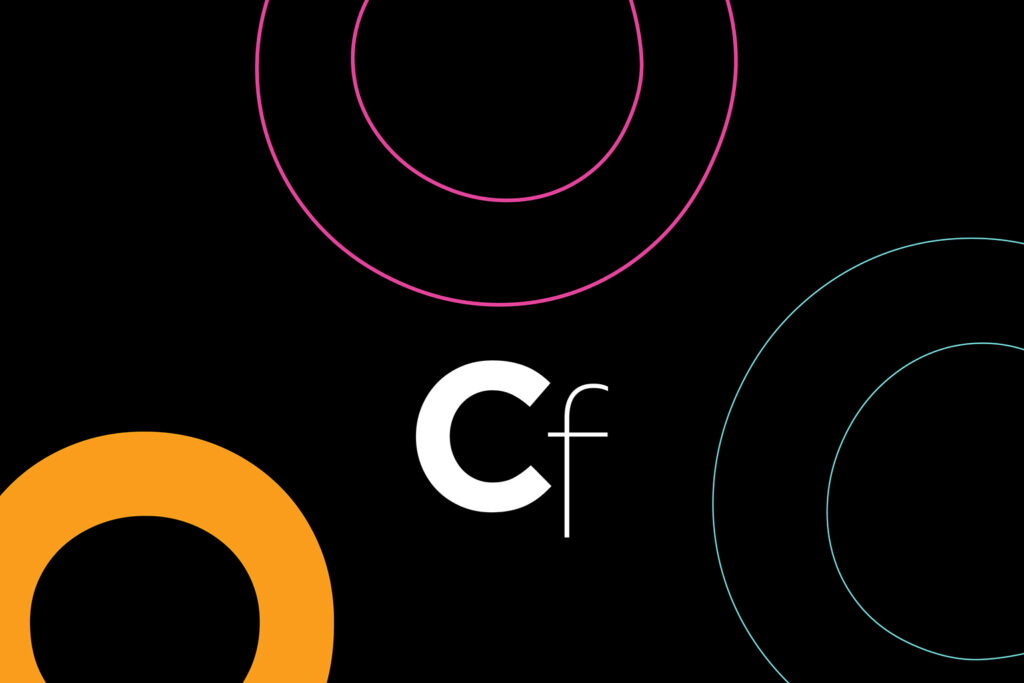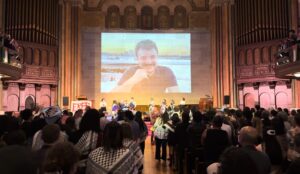Winged Goddess Carving Discovered by Volunteers at Hadrian’s Wall in England

A couple of volunteer archaeologists participating in an excavation unearthed a Roman depiction of the winged goddess of victory near Hadrian’s Wall.
The Vindolanda site contains an important Roman fort near Hexham, Northumberland, in England.
Couple Dilys and Jim Quinlan have been volunteering at the site for the last 21 years. They spotted the stone relief as they were clearing the infantry barracks.
“We’ve spent the vast majority of our annual leave at Vindolanda over the years. As veteran diggers, it is without doubt the most wonderful thing we’ve ever done and, importantly, it’s something we do as a couple,” Dilys told the Guardian. “It’s the best form of relaxation that we know of. We eat well, sleep well, we’re in good company and there’s always more to learn. What more could you ask for?”
Rob Collins, a professor of archaeology at Newcastle University, subsequently identified the figure as Victory. Among Roman religion and mythology, the personification of Victory was often employed during war and credited for related successes.
As it happens, the military barracks at Vindolanda were constructed during a politically turbulent time for the Romans in Britain following the Severan wars, around 213 CE.
At 18.5 inches tall, the relief carving is believed to have symbolized the end of war. Experts believe it is one small piece of a much larger relief, as the barracks once included a large ornamental arch and gate.
“The beautifully carved figure vividly reminds us that Roman forts were not simply utilitarian. They had grandeur and of course the symbolism was a vital part of the culture here for the soldiers almost 2,000 years ago,” Andrew Birley, the director of excavations at Vindolanda, told the Guardian.
The Victory relief stone is expected to be on display to the public at the Vindolanda Museum in early 2026 as part of a larger exhibition on recent discoveries made at the site.
The Vindolanda Charitable Trust has had volunteers working as part of its excavations since it was founded in 1970. Since then, however, it has become very popular among the general public with only about 500 participants selected from a pool of as many as 5,000 each year.
Writing tablets were previously found at the site in 1973 by a team lead by Birley’s father Robin who was also an archaeologist. The notes on the wooden tablets detailed first-hand information of those who lived there 2,000 years prior.



